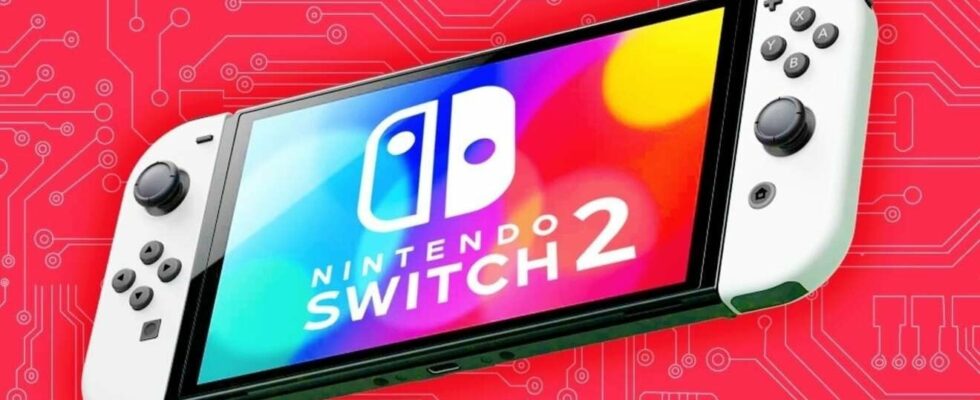Another week passes and we can still receive (potential) new information regarding the Nintendo Switch 2, including its hardware capabilities. What more do we know?
The next generation of Nintendo’s gaming console, the Nintendo Switch 2, is generating intense speculation and anticipation. According to information circulating, notably in a podcast from Moore’s Law is Dead, a very well-informed analyst, this console could mark a significant turning point thanks to the integration of NVIDIA DLSS technology. This feature, according to sources cited by Moore’s Law is Dead, should be adopted by the majority of games developed for the Switch 2. Although its use will remain optional for developers.
DLSS to the rescue of the Nintendo Switch 2?
NVIDIA’s DLSS is a deep learning-based technology designed to improve graphics resolution without compromising performance. In other words, it allows you to play games with superior image quality. Even on devices with limited hardware capabilities. For the Nintendo Switch 2, this means that despite technical specifications that don’t rival the most powerful desktop consoles like the Xbox Series, games will still be able to offer sharp and detailed graphics.
When it comes to the system-on-chip (SoC) that will power the Nintendo Switch 2, important strategic choices have clearly been made. According to Moore’s Law is Dead, NVIDIA offered Nintendo various options. Including one based on the Ada Lovelace architecture, also present on the RTX 4000 series graphics cards. However, Nintendo has opted for a more economical solution with an optimized version of the Ampere architecture (RTX 3000), known as of Orin. This decision seems to reflect a desire to contain costs while still providing satisfactory performance for portable gaming. It should be noted that some features of the Lovelace architecture, such as optimizations, have been integrated. Suggesting that Nintendo is looking to improve performance without necessarily aiming for the pinnacle of handheld technology. Thus, we could benefit from a hybrid architecture between the old and new generation of NVIDIA GPUs.
What else ?
The Nintendo Switch 2 is also expected to introduce ray tracing capabilities. All thanks to NVIDIA’s DLSS support. Potentially positioning the console as a leader in real-time graphics rendering for portable devices. Ray tracing is a rendering technique that simulates the behavior of light in a virtual environment. Providing more visually realistic results, particularly with regard to light reflection and refraction.
The Nintendo Switch 2 seems to be shaping up as a console that will balance innovation and strategic compromises. By integrating advanced technologies such as DLSS and ray tracing, while making thoughtful choices about internal components.
